Clinical research: Antidepressant use in pregnancy linked to autism
Taking antidepressants while pregnant may slightly increase the risk of having a child with autism, reports a study published 4 July in the Archives of General Psychiatry.
Efforts to ease the symptoms of autism are beginning to ramp up, with promising candidates in various stages of testing.
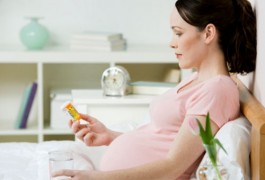
Taking antidepressants while pregnant may slightly increase the risk of having a child with autism, reports a study published 4 July in the Archives of General Psychiatry.
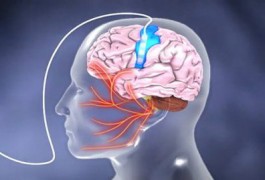
An ingenious new technique may allow small brain implants to release chemicals when and where they are needed, according to a study published 2 June in the Journal of Neural Engineering.

Deletions or duplications of the UBE3A gene lead to both Angelman syndrome and some cases of autism, respectively. Studying the effects of altered gene dosage in this region will provide insights into brain defects and suggest targets for therapies for both disorders, says expert Benjamin Philpot.
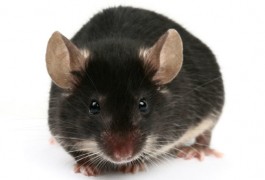
Blocking a chemical messenger — a much-touted approach to treating fragile X syndrome — is unlikely to completely reverse symptoms of the disorder, according to a provocative new study. The results, published in May in Behavioural Brain Research, show only modest behavioral improvements with the approach.
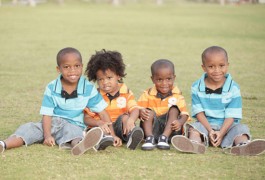
A new study of twins proposes the controversial claim that environmental influences during early development are just as, if not more, important than genetics. But the findings are not substantially different from those of previous twin studies, however, and some experts are critical of the study’s statistics.
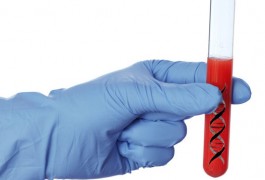
Children who express a subset of genes — including one located in the autism-associated chromosomal region 16p11.2 — at higher or lower levels than normal benefit from treatment with the antipsychotic drug risperidone, according to a study published 7 June in the Pharmacogenomics Journal.
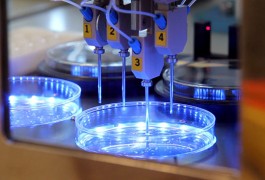
A multi-site collaborative venture between the U.S., Canada and Europe has created nearly 17,000 mouse embryonic stem cell lines, each lacking one of the genes in the mouse genome.
A powerful magnet that alters brain activity has shown that a brain region responsible for language may function differently in adults with Asperger syndrome than in controls, according to a study published in the July issue of the European Journal of Neuroscience.
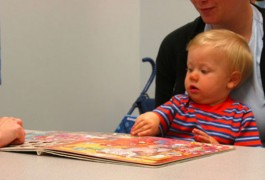
Studying the infant siblings of children who have autism to identify early signs of the disorder is expected to have enormous impact on the field from a clinical and a basic science standpoint, says psychologist Karen Dobkins.